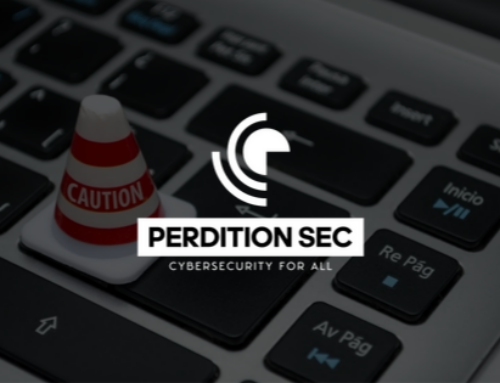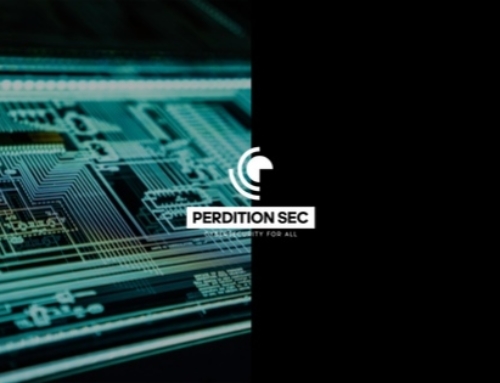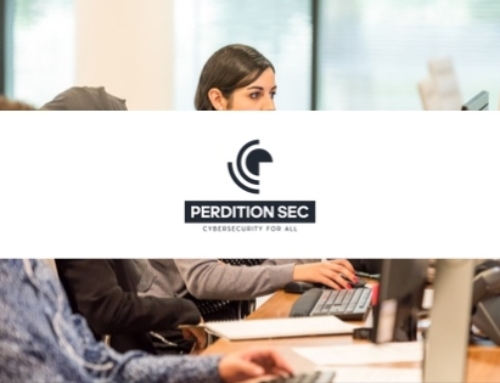The Essential Guide to Small Business Cyber Security: Protecting Payments and Account Details
Small businesses today face an increasingly digital landscape, teeming with both opportunities and risks, especially in the realm of cyber security. Protecting sensitive payment information and account details is not just a matter of privacy; it’s crucial for maintaining trust, reputation, and financial integrity. This comprehensive guide delves into the various aspects of cyber security for small businesses, with a focus on safeguarding payments and account details against the backdrop of evolving cyber threats.
Small Business Cyber Security: An Overview
In an age where data breaches and cyber-attacks make headlines regularly, small businesses must understand the importance of robust cyber security measures. Cyber security, at its core, involves protecting systems, networks, and programs from digital attacks. These attacks often aim to access, change, or destroy sensitive information, extort money from users, or interrupt normal business processes.
Safeguarding Payments: A Crucial Concern
The digitalization of payment methods has been a double-edged sword for small businesses. While it offers convenience and broader customer reach, it also exposes businesses to cyber threats. Payment systems are often targeted by cybercriminals looking to steal credit card details and other financial information. Implementing secure payment processing practices, such as using trusted payment gateways and incorporating encryption and tokenization, is essential in mitigating these risks.
Account Information Security
Account details, be they of customers or the business itself, are valuable targets for cybercriminals. Ensuring these details are stored securely is paramount. Employing strong authentication methods, such as two-factor authentication and regular password updates, can significantly reduce the risk of unauthorized access.
Compliance with PCI DSS
For any business that handles credit card information, compliance with the Payment Card Industry Data Security Standard (PCI DSS) is non-negotiable. This set of security standards is designed to ensure that all companies that accept, process, store or transmit credit card information maintain a secure environment.
Employee Education: The First Line of Defense
Employees often constitute the first line of defense against cyber threats. Training staff to identify potential cyber threats, such as phishing emails, and educating them about safe internet practices is crucial. Creating a culture where cyber security is prioritized can significantly reduce the risk of data breaches.
Cyber Security Policies and Regular Audits
Implementing a comprehensive cyber security policy and conducting regular security audits are vital steps in identifying vulnerabilities and reinforcing security measures. These audits should be thorough, covering all aspects of the business’s digital presence.
The Road Ahead: Embracing Advancements in Cyber Security
As technology evolves, so do cyber security measures. Staying informed about the latest advancements and integrating them into your business can provide an edge in this constant battle against cyber threats. Collaborating with cyber security experts and investing in future technologies are proactive steps towards a more secure digital environment.
Cyber Insurance: A Safety Net
Cyber insurance can act as a safety net, providing coverage in the event of a cyber-attack. Assessing the specific needs of your business and choosing the right coverage is crucial in mitigating financial losses from potential breaches.
FAQs About Small Business Cyber Security
- What are the most common cyber threats faced by small businesses?
- Small businesses often face threats like phishing attacks, malware, ransomware, and data breaches. They are also at risk of internal threats due to lack of proper security protocols.
- How can small businesses achieve PCI DSS compliance?
- To achieve PCI DSS compliance, small businesses should conduct regular risk assessments, implement strong access control measures, maintain a secure network, and regularly monitor and test their networks.
- What are the best practices for secure payment processing?
- Best practices include using secure and reputed payment gateways, implementing encryption and tokenization, conducting regular security audits, and maintaining compliance with standards like PCI DSS.
- How often should a small business conduct cyber security audits?
- It’s recommended to conduct cyber security audits at least annually. However, more frequent audits may be necessary depending on the business’s size, complexity, and the evolving nature of cyber threats.
- What role does employee training play in cyber security?
- Employee training is crucial in cybersecurity as human error often leads to security breaches. Regular training helps employees recognize and respond appropriately to cyber threats.
- Is cyber insurance necessary for small businesses?
- While not mandatory, cyber insurance is highly recommended as it provides a safety net against financial losses due to cyber incidents, which can be particularly damaging for small businesses.
- What should businesses know about obtaining and the limitations of cyber insurance?
- When considering cyber insurance, businesses should be aware of the requirements for obtaining coverage and the areas typically not covered by these policies. It’s essential to recognize that while cyber insurance provides a layer of financial protection, it is not a substitute for comprehensive cybersecurity measures. Insurance policies might not cover all aspects of a cyber incident, and the terms can vary significantly between providers. Therefore, maintaining robust cybersecurity practices is indispensable, even with insurance. For more detailed insights, refer to Navigating the Complexities of Cybersecurity Breach Insurance.
Conclusion: A Continuous Journey Towards Security
In conclusion, cyber security for small businesses, particularly in protecting payments and account details, is a journey that requires continuous vigilance and adaptation. By understanding the risks, implementing best practices, and staying informed about the latest trends and technologies, small businesses can fortify their defenses against the ever-evolving landscape of cyber threats.







Leave A Comment